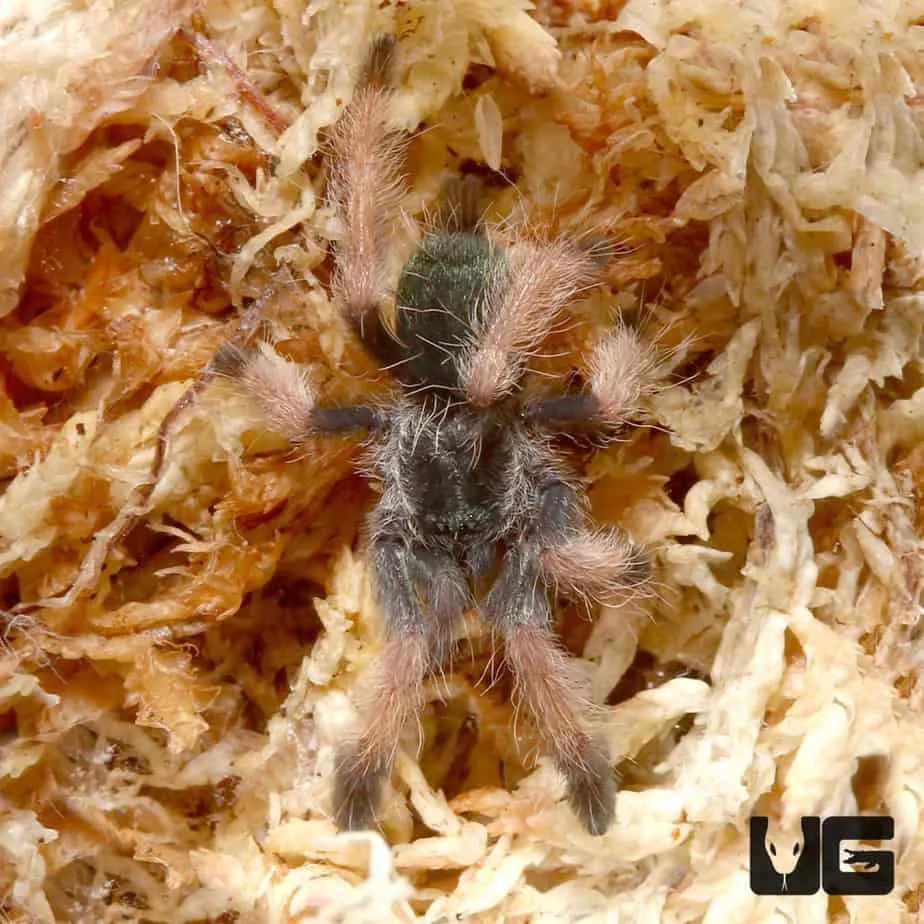The Palomino Blonde Tarantula: An Introduction
The Palomino Blonde Tarantula, scientifically known as Aphonopelma chalcodes, is a captivating arachnid that has gained popularity among tarantula enthusiasts. Its striking appearance, docile temperament, and relatively low maintenance make it an appealing pet choice. This article delves into five fascinating facts about the Palomino Blonde Tarantula, exploring its origins, characteristics, behavior, and care requirements. Understanding these aspects will help you appreciate the beauty and wonder of this unique creature and provide insight into the proper care if you consider owning one. These spiders are known for their golden-blond coloration, which distinguishes them from other tarantula species. Let’s embark on a journey to discover more about the Palomino Blonde Tarantula.
Origin and Habitat of the Palomino Blonde Tarantula
Where Do They Come From
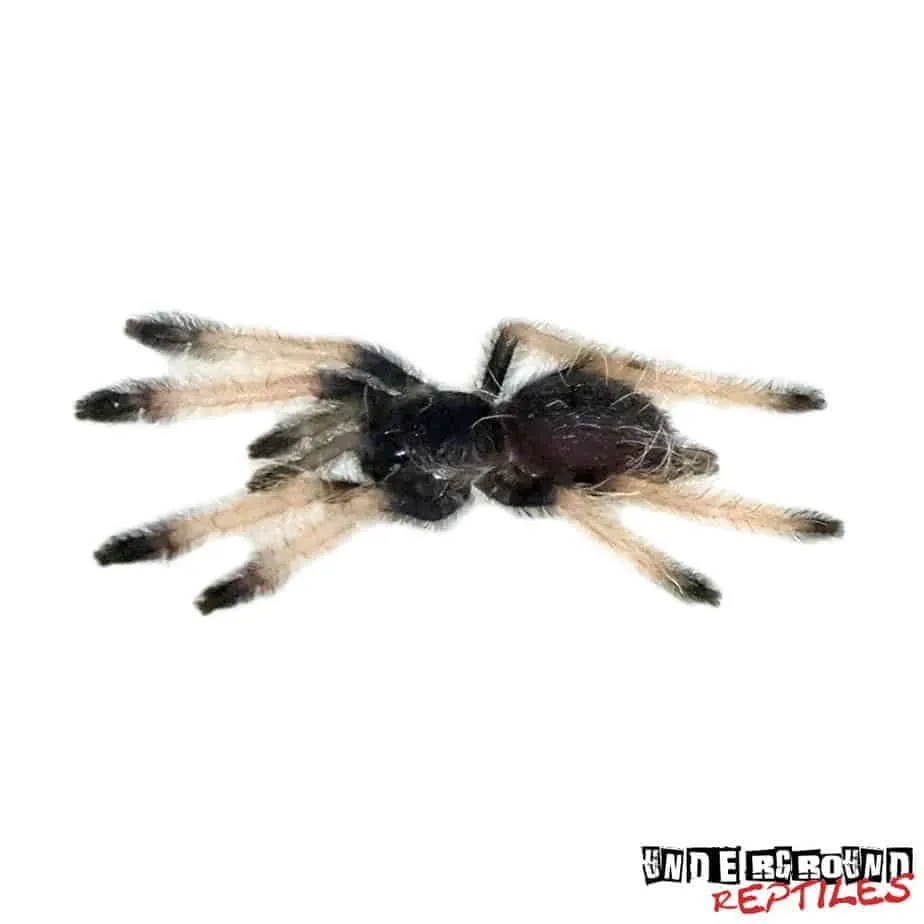
The Palomino Blonde Tarantula is native to the southwestern United States and northern Mexico. They are commonly found in states like Arizona, New Mexico, and California, as well as the arid and semi-arid regions of Mexico. This species has adapted remarkably well to the harsh desert environments. The tarantula’s presence in these regions is a testament to its resilience and ability to thrive in challenging conditions. Their distribution is closely tied to the availability of suitable habitats, which provide shelter from predators and extreme temperatures.
Natural Habitat
In their natural habitat, Palomino Blonde Tarantulas are primarily terrestrial, meaning they live on the ground. They create burrows in the soil, often under rocks, shrubs, or other natural cover, to escape the heat and predators. These burrows are crucial for their survival, providing a stable microclimate and a safe haven. They also seek out areas with loose, well-drained soil, which facilitates burrowing. These spiders are active primarily at night, when temperatures are cooler, and when they emerge to hunt for food. The desert landscape provides plenty of opportunities for them to find prey, from insects to small reptiles.
Appearance and Characteristics
Color and Size
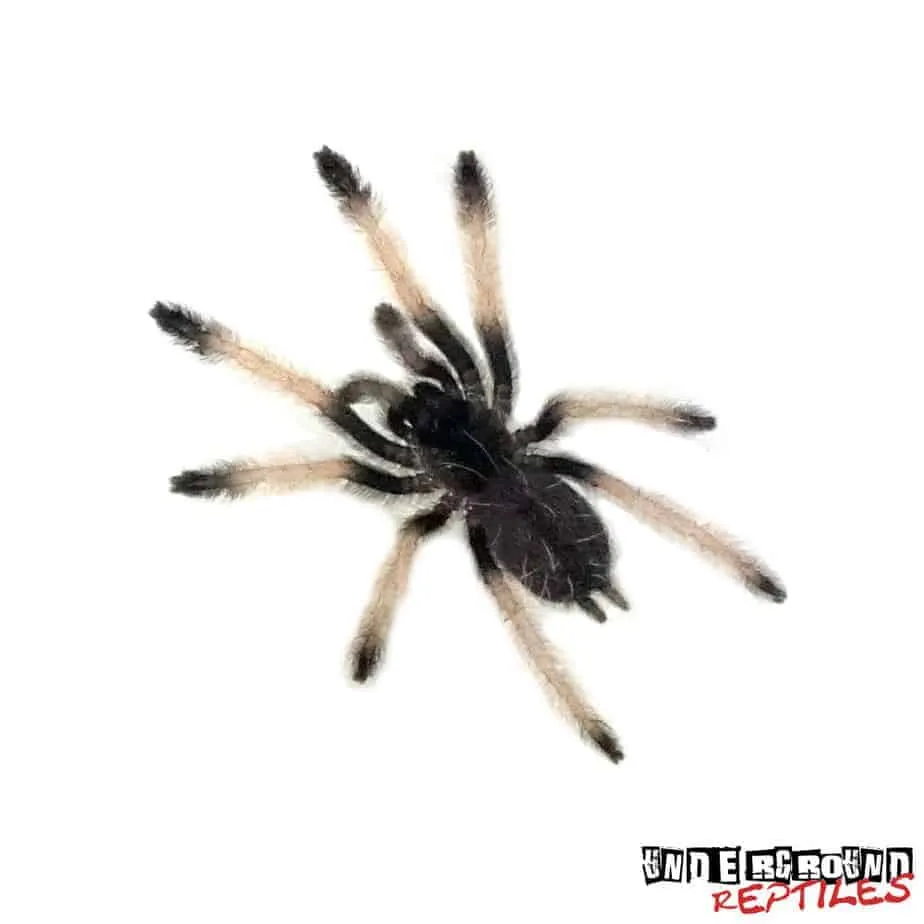
The Palomino Blonde Tarantula is named for its distinctive coloration. They typically exhibit a golden-blond or tan color, covering their carapace (the top shell) and legs. The abdomen can vary in shades, often matching the overall body tone. Adult females are usually larger than males, with a body length of up to 2.5 inches, and a leg span of up to 5 inches. Males are generally smaller and may have a different coloration, especially as they mature and approach their final molt. The overall appearance is striking, contributing to the appeal of this species among tarantula enthusiasts. Their coloration provides excellent camouflage in their arid environment, allowing them to blend in with the desert landscape.
Distinctive Features
Beyond their color, Palomino Blonde Tarantulas have several other distinguishing features. Like all tarantulas, they have eight legs, two pedipalps (used for sensing and manipulating food), and two chelicerae (fangs). Their bodies are covered in small hairs, which serve as sensory organs and help them detect vibrations in their environment. They also possess spinnerets at the end of their abdomen, which they use to produce silk for lining their burrows and for molting. Furthermore, the males have mating hooks on their pedipalps, which they use to transfer sperm during mating, and tibial apophyses (leg spurs) for gripping the female’s fangs during mating.
Behavior and Temperament
Typical Behavior Patterns
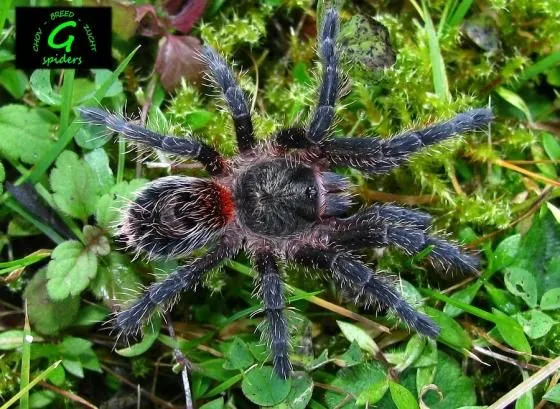
Palomino Blonde Tarantulas are known for their relatively docile temperament, making them suitable for beginner tarantula keepers. They are generally not aggressive and prefer to retreat into their burrows when threatened. They are nocturnal hunters, spending the day in their burrows and emerging at night to forage. Their activity levels can vary depending on factors such as temperature, humidity, and feeding frequency. They are ambush predators, patiently waiting for prey to come within striking distance. This species is relatively slow-moving, but they can move rapidly if startled or when pursuing prey. They can flick urticating hairs from their abdomen as a defense mechanism, causing mild irritation if they come into contact with skin.
Handling Considerations
While generally docile, Palomino Blonde Tarantulas should be handled with caution. Avoid handling them unnecessarily, as stress can negatively impact their health and well-being. If handling is required (e.g., for enclosure maintenance), do so gently and slowly. Always approach them from the side, and avoid sudden movements. Be aware of the potential for urticating hairs and avoid touching your face or eyes after handling the tarantula or anything in its enclosure. It’s essential to be patient and observant when interacting with these spiders and respecting their space and natural instincts.
Diet and Feeding Habits
What They Eat
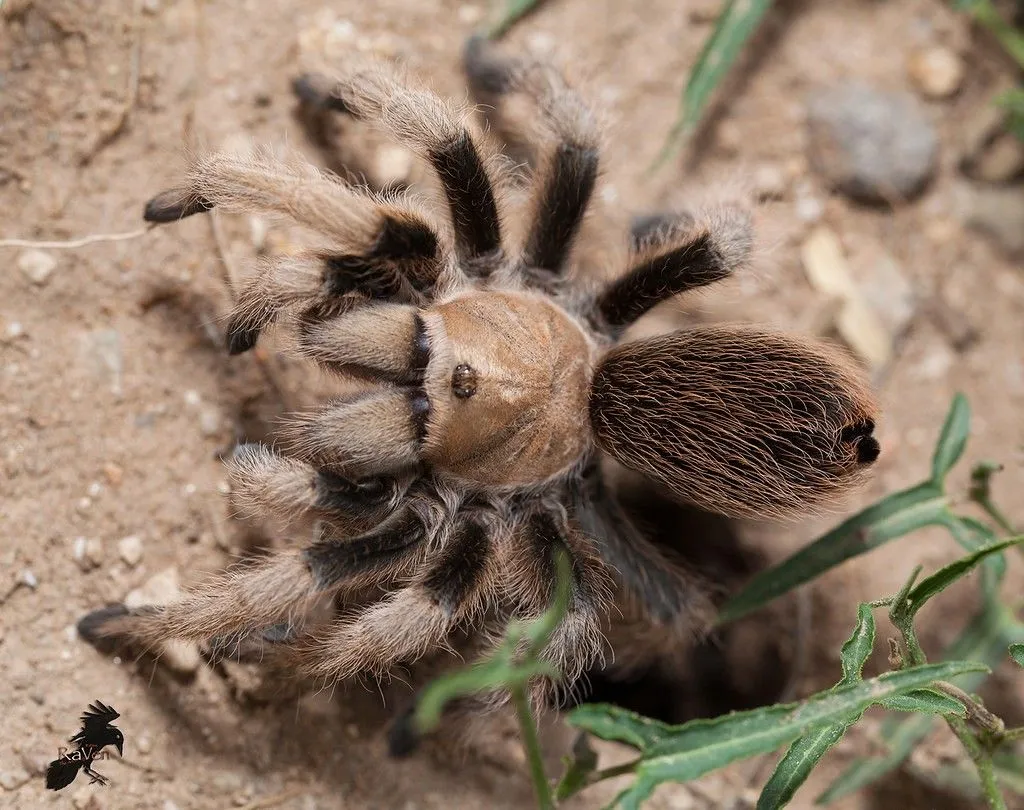
Palomino Blonde Tarantulas are carnivores and primarily feed on insects. Their diet in the wild consists of various insects, including crickets, grasshoppers, beetles, and sometimes small lizards or other invertebrates. In captivity, they can be fed a variety of commercially available insects, such as crickets, mealworms, and roaches. The size of the prey should be appropriate for the tarantula’s size; the general rule is to feed them prey that is no larger than the spider’s body. They typically eat what they can catch and subdue. The Palomino Blonde Tarantula has a strong appetite, and they will eat multiple times per week when they are younger and growing.
Feeding Frequency
Feeding frequency depends on the tarantula’s age and growth rate. Spiderlings (young tarantulas) should be fed more frequently, possibly every other day or every day, while adults can be fed less often, such as once or twice a week. It is important to monitor their eating habits and adjust feeding accordingly. If a tarantula refuses food, it could be a sign that it is about to molt. Always provide a water dish with clean water, which should be available at all times. Do not overfeed, as this can lead to health problems, such as obesity. Remove any uneaten prey within 24 hours to prevent stress on the spider and ensure a clean enclosure.
Health and Care
Housing Requirements
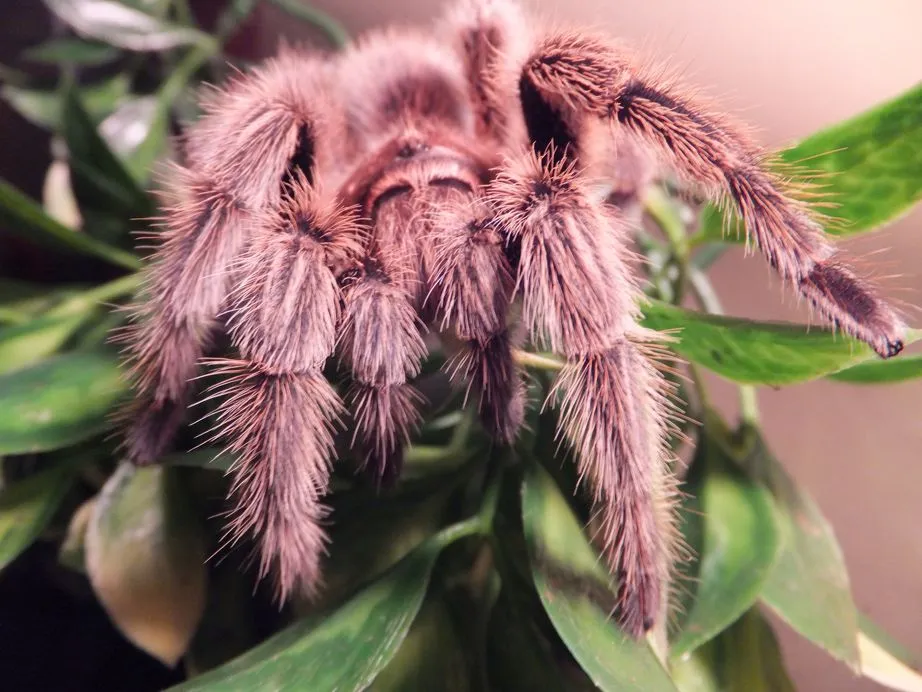
Provide a suitable enclosure for your Palomino Blonde Tarantula. A glass terrarium or a plastic container with secure ventilation is ideal. The size of the enclosure should be appropriate for the size of the tarantula. As a general guideline, the enclosure should be at least three times the tarantula’s leg span in length and width. A substrate of about 4-6 inches of substrate is needed, such as a mixture of peat moss, vermiculite, and coconut fiber, to allow the tarantula to burrow. Provide a hide, such as a piece of cork bark or a half-log, for the tarantula to feel secure. Make sure that the enclosure is well-ventilated to prevent the growth of mold and bacteria.
Humidity and Temperature
Maintain the appropriate humidity and temperature levels for your Palomino Blonde Tarantula. They thrive in a dry environment with moderate humidity. A humidity level of 50-60% is usually suitable. Monitor humidity with a hygrometer. The temperature should be kept between 75-85°F (24-29°C). Use a heat lamp or a heat pad to maintain the appropriate temperature, and ensure that the heat source does not directly contact the tarantula. Regular misting with water might be required to increase the humidity during molting. Avoid direct sunlight to prevent overheating of the enclosure. Provide a water dish with clean water for drinking and to help maintain humidity levels.
Common Health Issues
Palomino Blonde Tarantulas are generally hardy, but they can be susceptible to certain health issues. Parasites are possible, such as mites. These can usually be addressed through substrate changes and, in severe cases, veterinary treatment. Poor husbandry, such as improper humidity, can lead to issues like fungal infections. During molting, tarantulas are particularly vulnerable, and it’s important not to disturb them. Provide a stress-free environment, ensuring the enclosure is clean and the correct temperature and humidity are maintained to minimize the risk of health problems. If you notice any unusual signs, such as loss of appetite, lethargy, or strange behaviors, consult with a veterinarian or experienced tarantula keeper.
Conservation Status
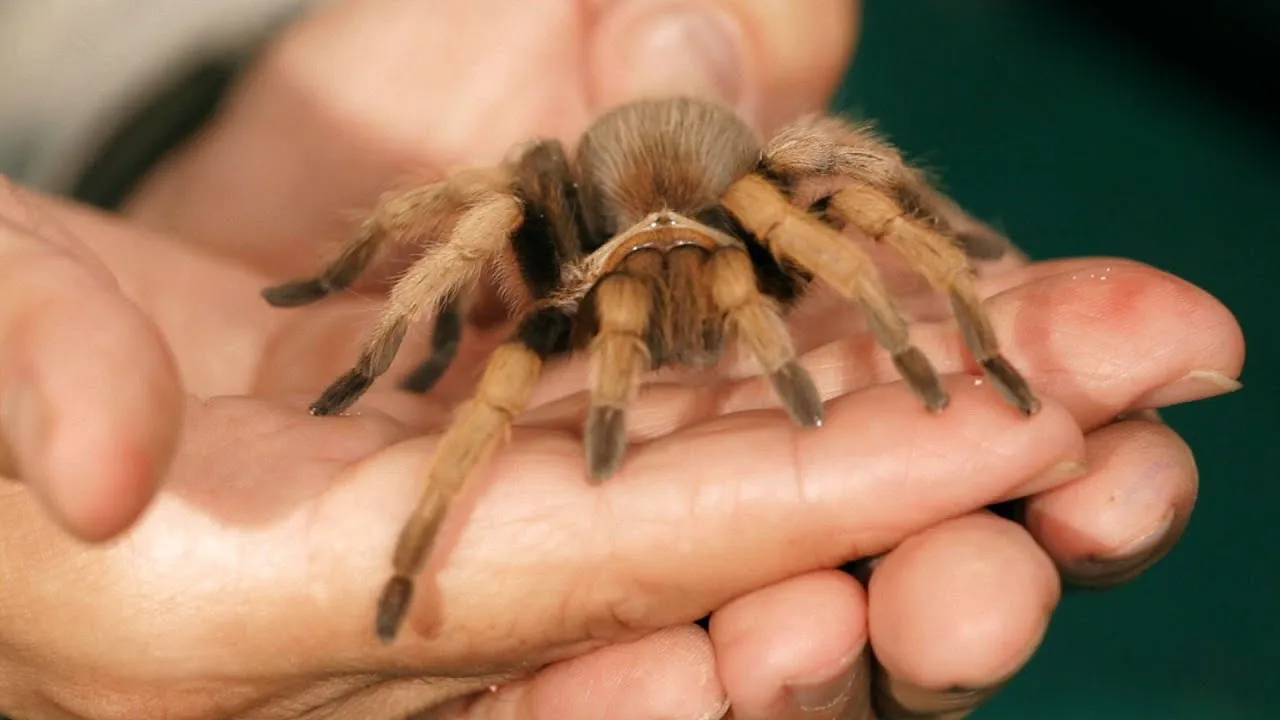
Why They’re Important
Palomino Blonde Tarantulas, like all members of the ecosystem, play a role in maintaining ecological balance. As predators, they help control the populations of insects and other small invertebrates, which helps keep these species in check. They are also a food source for larger animals in their habitat. The study of tarantulas can also provide valuable insights into arachnid behavior, physiology, and evolution. Their role in the ecosystem might not be obvious at first glance, but their contributions contribute to the stability and diversity of the arid regions where they live. Their presence can also indicate a healthy ecosystem.
Threats and Conservation Efforts
The Palomino Blonde Tarantula faces various threats in the wild, primarily habitat loss due to urbanization, agriculture, and other human activities. The pet trade, while providing a source of income for some, can also pose a threat if wild populations are unsustainably collected. There are few specific conservation efforts targeted solely at the Palomino Blonde Tarantula, but it benefits from general conservation measures for arid habitats. Sustainable land management, protecting key habitats, and promoting responsible pet ownership are all important in ensuring the long-term survival of the species. Education and awareness about the species are crucial in protecting it.
